JavaScript seems to be disabled in your browser. For the best experience on our site, be sure to turn on Javascript in your browser.
Most Common Badminton Injuries: How to Prevent and Treat Them
Badminton is a dynamic and exciting sport that has captured the hearts of millions worldwide. This sport not only provides a great source of entertainment but also offers numerous health benefits, including improved cardiovascular health, increased endurance, and enhanced coordination. However, as with any sport or physical activity, there is always a risk of injury.
In this comprehensive article, we will delve into the world of badminton injuries, exploring the most common types of injuries that players can experience on the court.
Moreover, we will provide you with valuable insights into the different treatment options available for these injuries, including both conventional and alternative therapies. Additionally, we will provide you with some practical tips and guidelines on how to prevent badminton injuries from occurring in the first place.
Whether you're an avid badminton player or just starting out, this article will equip you with the knowledge and tools you need to stay safe and injury-free while enjoying this thrilling sport.
Ankle Sprains
Ankle sprains are one of the most common injuries in badminton. They occur when the ligaments in the ankle are stretched or torn due to sudden twisting or turning movements. Symptoms include pain, swelling, bruising, and difficulty walking.
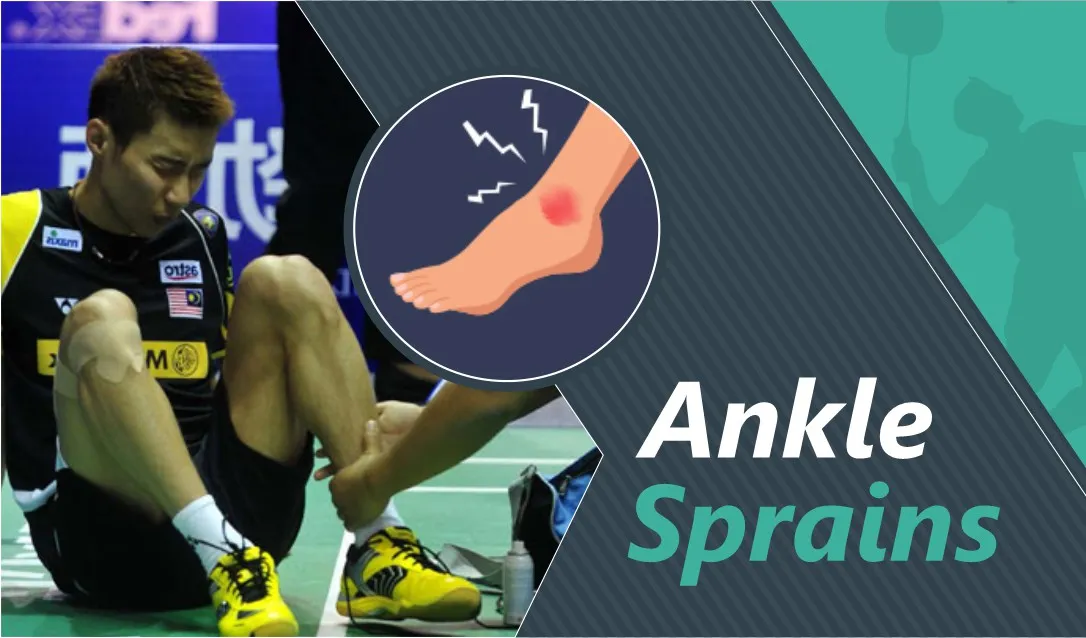
Treatment
- Rest and ice: Rest the affected ankle and apply ice to reduce swelling.
- Compression: Wrap the ankle with a compression bandage to help reduce swelling and provide support.
- Elevation: Elevate the affected ankle above heart level to reduce swelling.
Prevention
- Wear proper footwear: Choose badminton shoes with good ankle support and traction.
- Warm-up: Perform dynamic stretches and warm-up exercises before playing.
- Strengthening exercises: Strengthen the muscles around the ankle to prevent injury.
Tennis Elbow
Tennis elbow, also known as lateral epicondylitis, is a condition that affects the tendons that attach to the outer part of the elbow. It can be caused by repetitive gripping and twisting motions, such as those used in badminton. Symptoms include pain, weakness, and difficulty gripping objects.
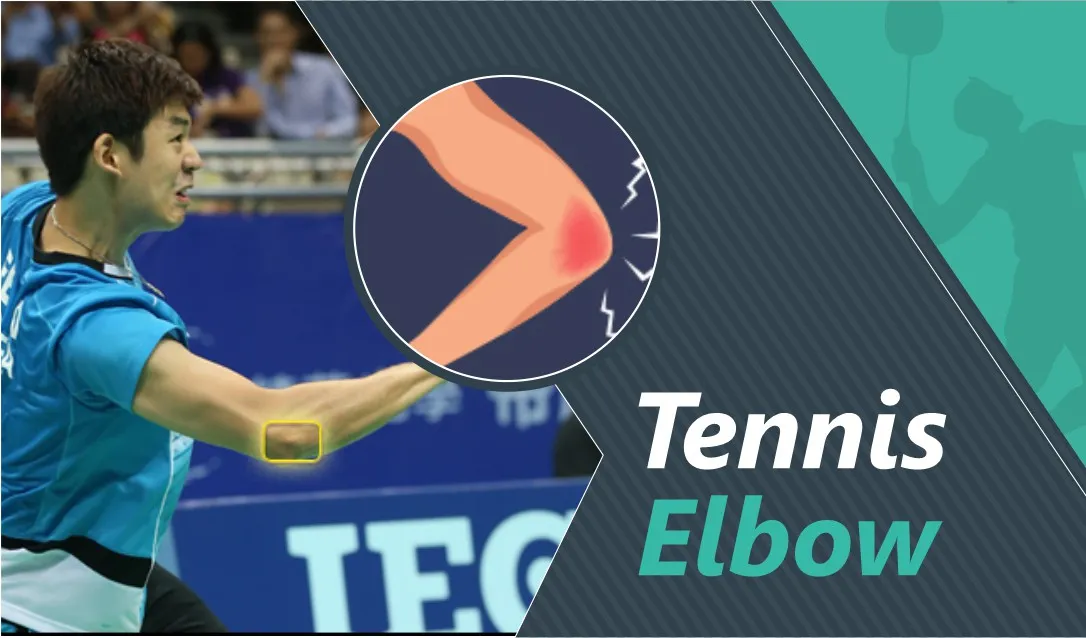
Treatment
- Rest and ice: Rest the affected arm and apply ice to reduce pain and inflammation.
- Physical therapy: Strengthening exercises and stretches can help improve flexibility and reduce pain.
- Medications: Nonsteroidal anti-inflammatory drugs (NSAIDs) can help reduce pain and inflammation.
Prevention
- Use proper technique: Use the correct grip and form to avoid unnecessary strain on the elbow.
- Stretching: Perform stretching exercises to improve flexibility and reduce the risk of injury.
- Equipment: Use the correct racket size and grip to avoid excessive strain on the elbow.

Shoulder injuries are common in badminton and can be caused by repetitive overhead motions. Symptoms include pain, stiffness, and weakness in the shoulder.
Treatment
- Rest and ice: Rest the affected shoulder and apply ice to reduce pain and inflammation.
- Physical therapy: Strengthening exercises and stretches can help improve flexibility and reduce pain.
- Medications: NSAIDs can help reduce pain and inflammation.
Prevention
- Warm-up: Perform dynamic stretches and warm-up exercises before playing.
- Strengthening exercises: Strengthen the muscles around the shoulder to prevent injury.
- Use proper technique: Use proper form and avoid excessive strain on the shoulder.
Knee Injuries
Knee injuries are common in badminton, with Patellar Tendonitis (also known as Jumper's Knee) being a frequent occurrence. Symptoms include pain, swelling, and tenderness around the knee.
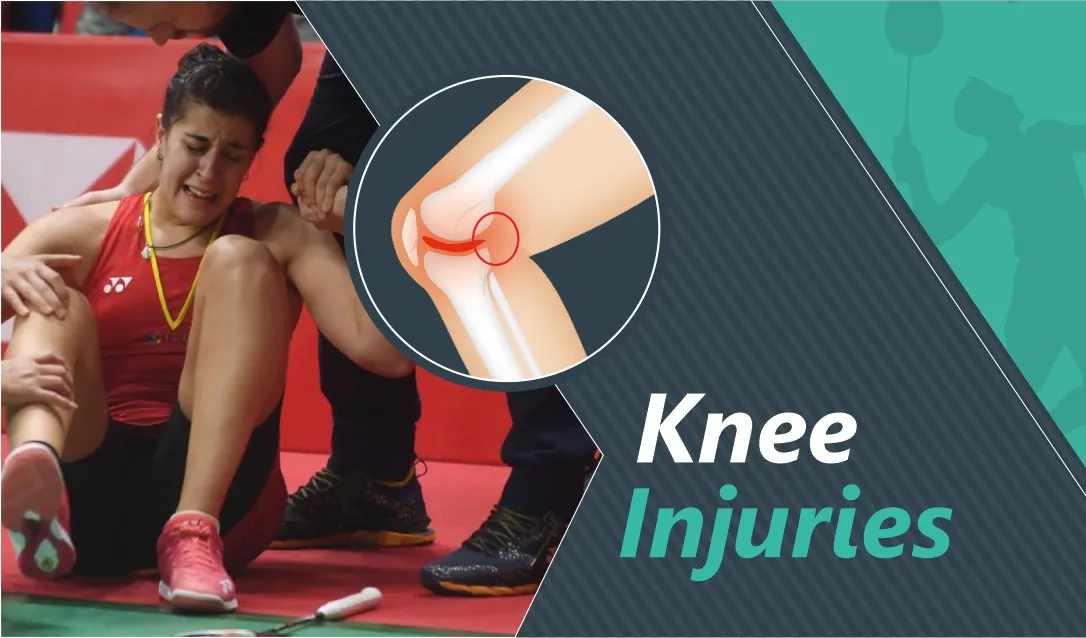
Treatment
- Rest and ice: Rest the affected knee and apply ice to reduce pain and inflammation.
- Physical therapy: Strengthening exercises and stretches can help improve flexibility and reduce pain.
- Medications: NSAIDs can help reduce pain and inflammation.
Prevention
- Warm-up: Perform dynamic stretches and warm-up exercises before playing.
- Wear proper footwear: Choose shoes with good support and cushioning.
- Strengthening exercises: Strengthen the muscles around the knee to prevent injury.
Back Injuries
Back injuries can be caused by the twisting and turning movements used in badminton. Symptoms include pain, stiffness, and limited mobility.

Treatment
- Rest and ice: Rest the affected area and apply ice to reduce pain and inflammation.
- Physical therapy: Stretching and strengthening exercises can help improve flexibility and reduce pain.
- Medications: NSAIDs can help reduce pain and inflammation.
Prevention
- Warm-up: Perform dynamic stretches and warm-up exercises before playing.
- Proper technique: Use proper form and avoid excessive twisting and turning.
- Strengthening exercises: Strengthen the muscles in the back to prevent injury.
Wrist Sprains
Wrist sprains are common in badminton due to the repetitive wrist movements involved in hitting the shuttlecock. Symptoms include pain, swelling, and limited range of motion.
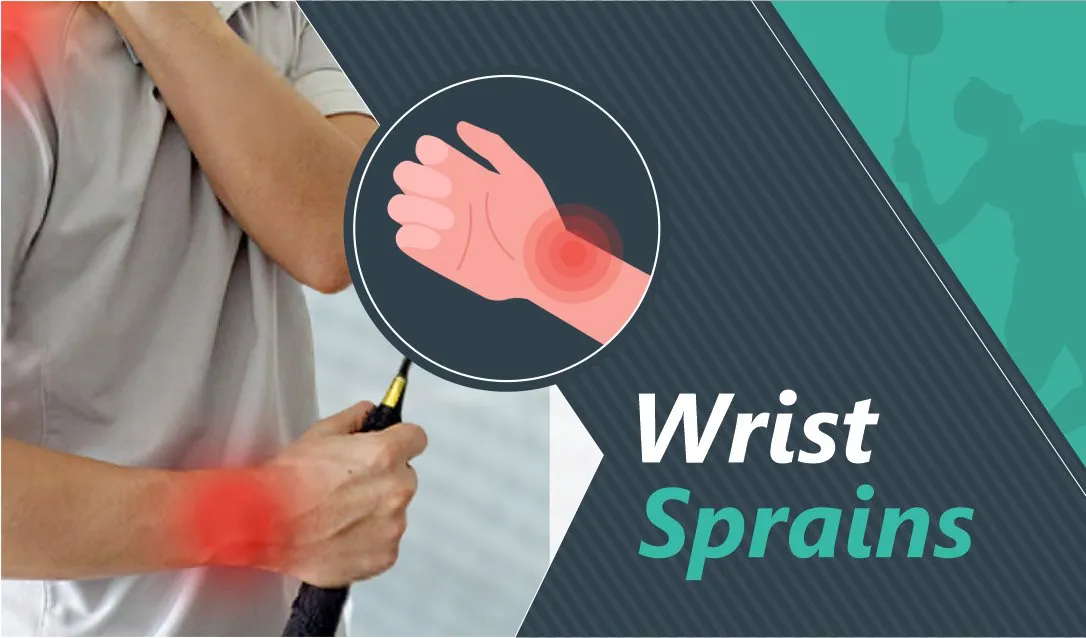
Treatment
- Rest and ice: Rest the affected wrist and apply ice to reduce pain and inflammation.
- Compression: Wrap the wrist with a compression bandage to help reduce swelling and provide support.
- Physical therapy: Strengthening exercises and stretches can help improve flexibility and reduce pain.
Prevention
- Use proper technique: Use proper grip and form to avoid excessive strain on the wrist.
- Warm-up: Perform dynamic stretches and warm-up exercises before playing.
- Strengthening exercises: Strengthen the muscles in the wrist to prevent injury.
Achilles Tendonitis
Achilles Tendonitis is an overuse injury that affects the Achilles tendon, which connects the calf muscles to the heel bone. It can be caused by repetitive jumping and sudden changes in direction. Symptoms include pain and swelling in the back of the heel.
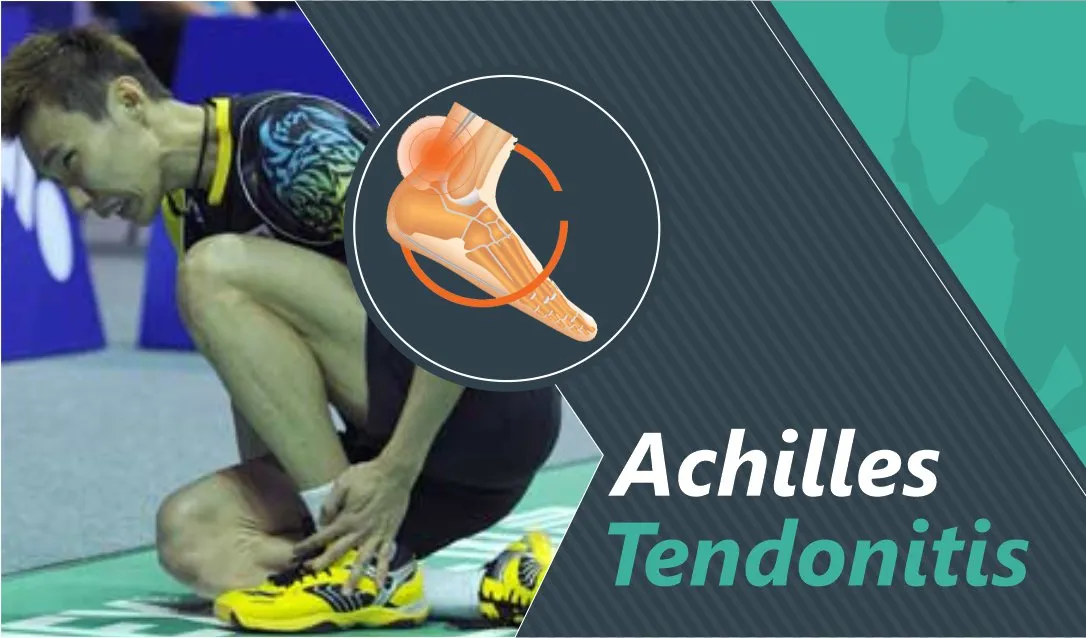
Treatment
- Rest and ice: Rest the affected area and apply ice to reduce pain and inflammation.
- Physical therapy: Stretching and strengthening exercises can help improve flexibility and reduce pain.
- Medications: NSAIDs can help reduce pain and inflammation.
Prevention
- Warm-up: Perform dynamic stretches and warm-up exercises before playing.
- Wear proper footwear: Choose shoes with good support and cushioning.
- Strengthening exercises: Strengthen the muscles in the calf to prevent injury.
Hamstring Strains, Calf Strains, and Groin Strains
Hamstring strains, calf strains, and groin strains are common injuries in badminton that can be caused by sudden movements or overuse. Symptoms include pain, tenderness, and difficulty walking or running.
Treatment
- Rest and ice: Rest the affected area and apply ice to reduce pain and inflammation.
- Physical therapy: Stretching and strengthening exercises can help improve flexibility and reduce pain.
- Medications: NSAIDs can help reduce pain and inflammation.
Prevention
- Warm-up: Perform dynamic stretches and warm-up exercises before playing.
- Use proper technique: Use proper form and avoid sudden movements.
- Strengthening exercises: Strengthen the muscles in the affected area to prevent injury.
Conclusion
In conclusion, badminton is a fun and healthy sport, but it's important to take steps to prevent and treat injuries. By following the tips outlined in this article, you can reduce your risk of injury and stay on the court for years to come. Remember to always listen to your body and seek medical attention if you experience pain or discomfort.
Common Badminton Injuries FAQs
Q1: What are the most common badminton injuries?
A: The most common badminton injuries include ankle sprains, knee injuries, shoulder strains, lower back pain, and wrist sprains.
Q2: How do I know if I've sustained a badminton injury?
A: Common symptoms of badminton injuries include pain, swelling, stiffness, and difficulty moving the affected area. In some cases, you may also experience bruising or numbness.
Q3: What should I do if I've sustained a badminton injury?
A: If you've sustained a badminton injury, it's important to stop playing and seek medical attention. Rest the affected area, apply ice to reduce swelling, and elevate the injured limb if possible.
Q4: How are badminton injuries treated?
A: Treatment for badminton injuries depends on the type and severity of the injury. Mild injuries may require rest and over-the-counter pain medication, while more severe injuries may require physical therapy, immobilization, or surgery.
Q5: Can badminton injuries be prevented?
A: Yes, badminton injuries can be prevented by wearing proper footwear, warming up before playing, using the correct technique, and gradually increasing the intensity of your workouts.
Q6: How long does it take to recover from a badminton injury?
A: Recovery time for badminton injuries varies depending on the type and severity of the injury. Mild injuries may heal within a few days, while more severe injuries may take several weeks or even months to heal completely.
Q7: Can I continue playing badminton if I have a previous injury?
A: It depends on the type and severity of the injury. It's best to consult with a medical professional to determine if it's safe to continue playing badminton with a previous injury.


